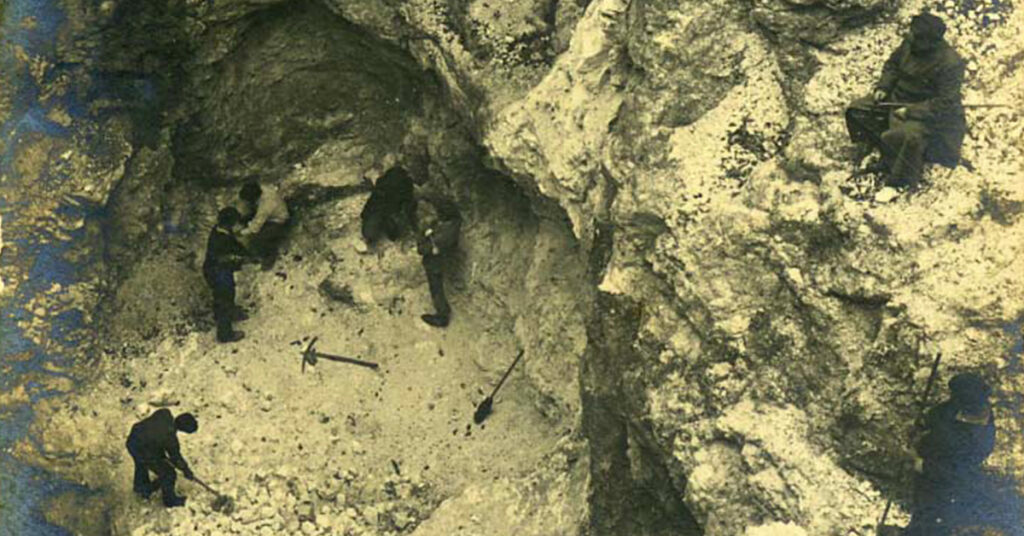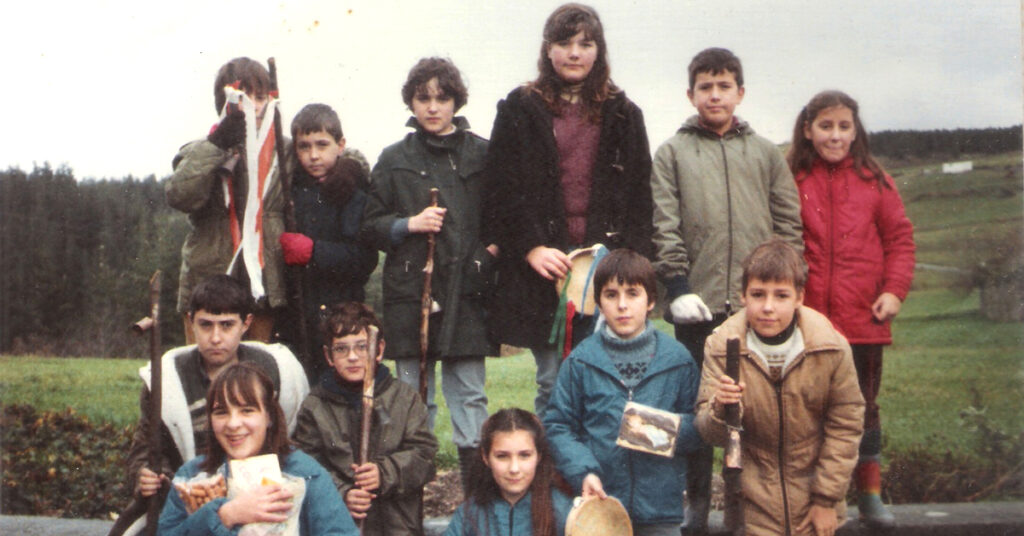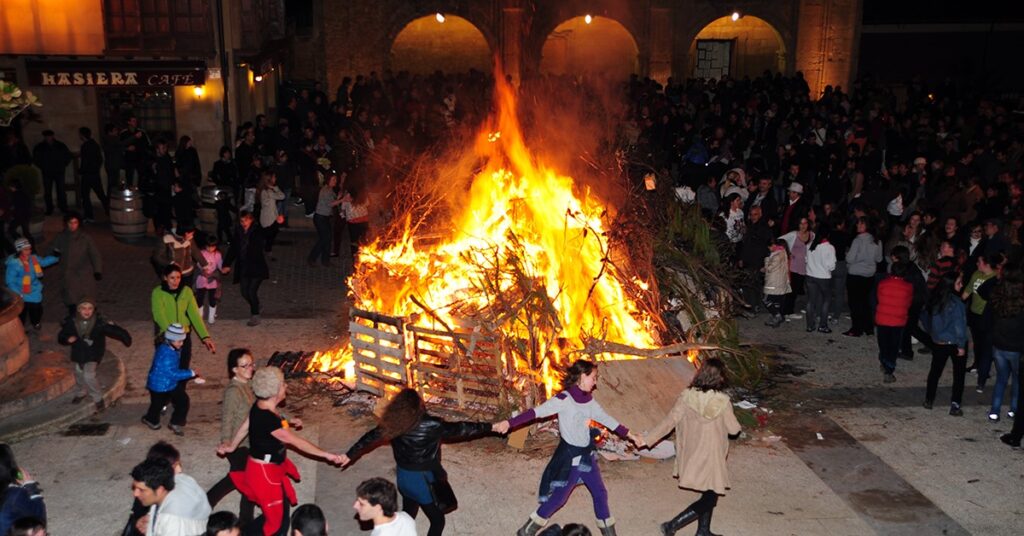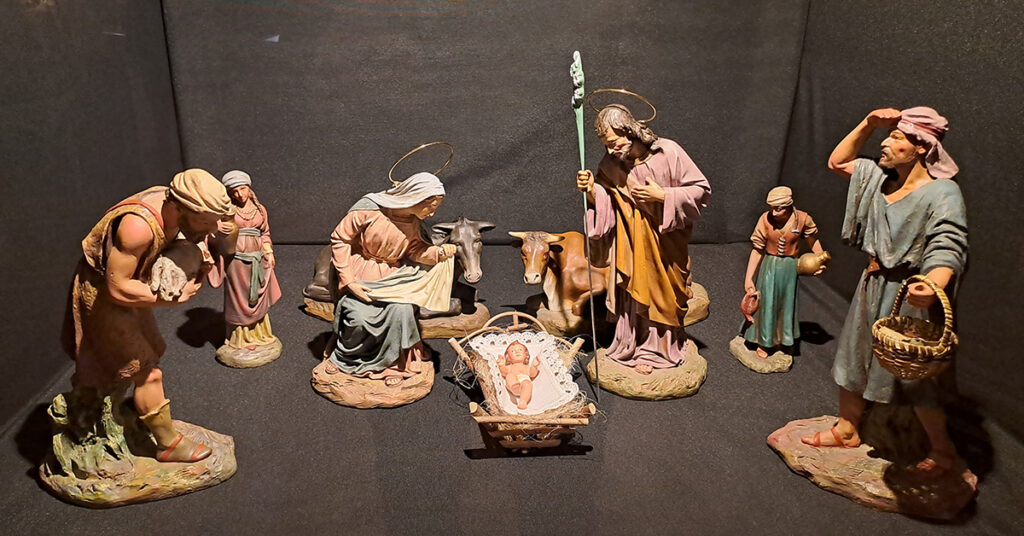Basque ethnography at a glance

Old photograph of the times when “white stone” was extracted by hand (Ouvrard Biarritz – Private collection).
“I have not committed any sin to leave my Land… Is it necessary for autumn to take me away from Luhuso?” wrote the singer Enaut Etxamendi in the autumn of 1971 (Canto de Luhuso). In the middle of summer it was decided to close the Luhuso kaolin (or “white stone”) mine exploitation plant, due to its low profitability. The company closed on July 31, 1971. Two days later, the workers carried out a protest under the motto of “Lan Euzkadin (Work in Euzkadi)”. They had the support of the creators of the Enbata movement, as well as some local elected officials. Despite the fact that the company got occupied and the road to Garazi was blocked, the company was relocated and, over the years, the boulders of the “white stone” mines slowly hid under the ground. Today, those who walk around Luhuso will not find any visible traces. However, by inspecting a little, you can find the holes of the old galleries and tunnels. (more…)

Singing christmas carols in Akorda (Ibarrangelu, 1982). Source: Labayru Fundazioa Photographic Archive.
During the year and, particularly, in winter and its harsh climate, groups of the needy begged from house to house in the villages, asking the dwellers for alms or handouts in kind or food (eggs, chorizo sausage, bacon, black pudding, walnuts, hazelnuts, pears, apples, oranges, etc.). That intrinsic act of Christian charity or the traditional hospitality of the people of the rural world was usually met with the beggars politely and gratefully expressing wishes of health and prosperity in return.
(more…)
If we are referring to the northern hemisphere and, specifically, winter, while the start of the astronomical season is set by the Solstice between 19 and 22 December, depending on the year, the meteorological season is based on whole months: December, January and February.
It must be recognized that, when Christmas arrives, putting up the nativity scene at home or in the parish is a custom strongly rooted in our country. It is also true that this not only happen in this Basque-Navarrean land, but throughout the Christian community. Precisely this month of December 2023 marks the 800th anniversary of that first nativity scene in history, a live nativity scene, made of flesh and blood, except for the Child who was a figurine. This took place in Italy, at the initiative of Saint Francis of Assisi. Therefore, it was in December 1223 when the nativity scene tradition began to take shape, initially as living nativity scenes, and shortly after based on figurines. These were born as a pedagogical tool of the Franciscans to teach the biblical passages of Matthew and Luke that narrate the Nativity of Jesus, to a society that mostly did not know how to read. From that moment onwards, it was the Franciscans and the Clarisses (female branch of the former) who maintained and extended this tradition. (more…)



